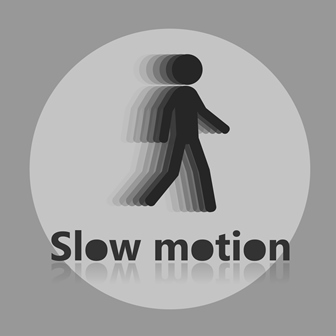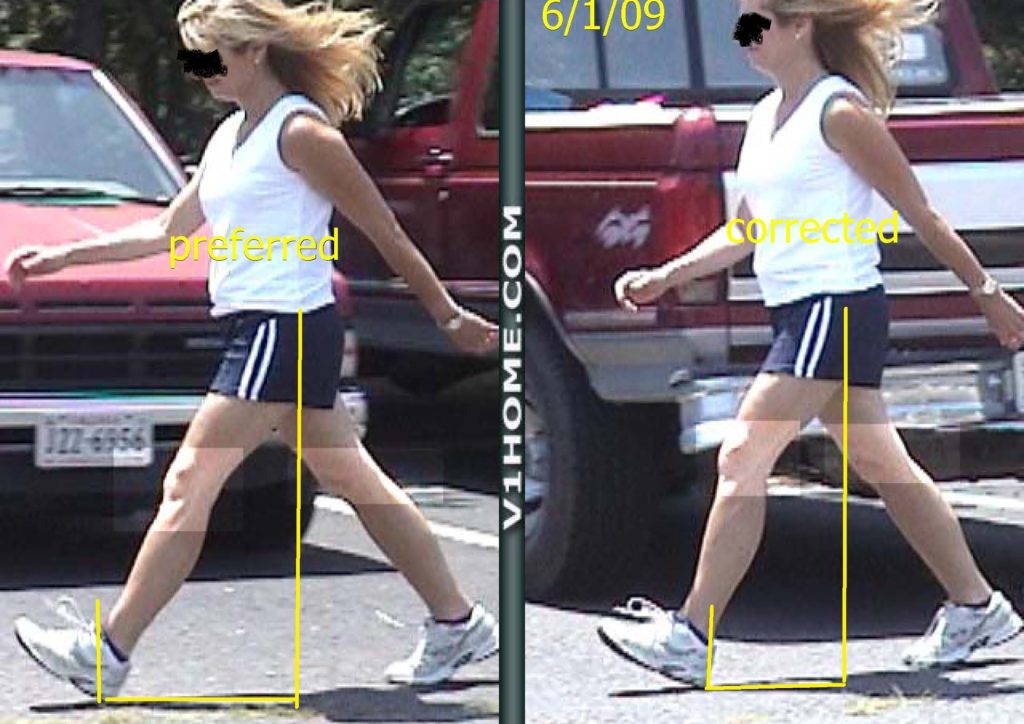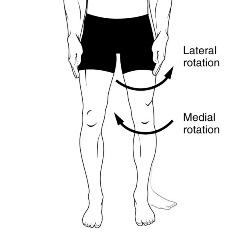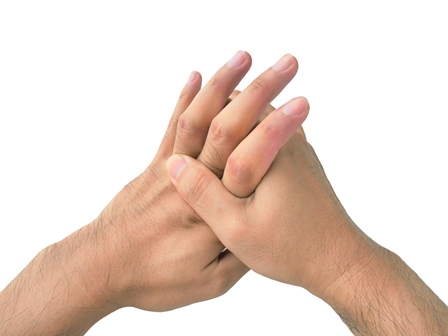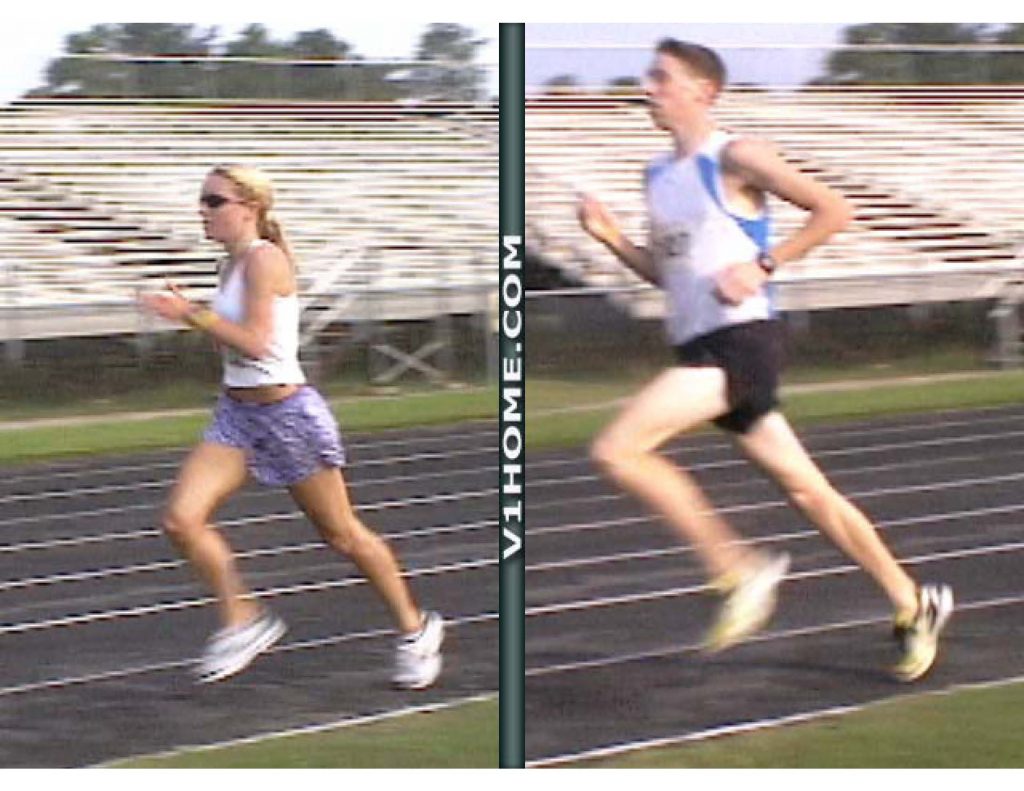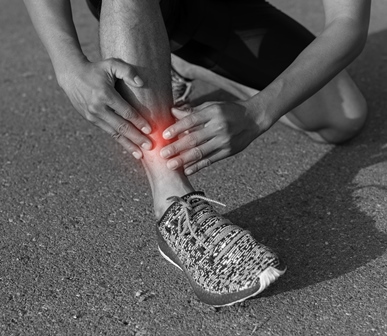Posts Tagged ‘Motion Analysis’
How to do the analysis of slow-motion video of human movement
Smart phone video technology provides significant opportunities to analyze human movement. There are four steps involved in using smart phone video for slow motion video analysis. Each step has considerations, challenges and barriers that need to be addressed. The four steps are recording movement; analyzing the movement; storing the video data; and retrieving the video…
Read MoreSlow motion video (Smart Phone) analysis is under-utilized, & under-valued
Being an old Physical Therapist I have had the good fortune of being around to observe significant changes and advances in the technology available to perform motion analysis. When I began analyzing the gait of runners many years ago, I used analog video cameras which required large VHS tapes and separate VCR playback units. The…
Read MoreCuing to Alter Gait Deviation of Too Long a Step
Cuing to Alter Gait Deviation of Too Long a Step Mathematics helps explain walking or running faster. Step length X steps per minute = speed. In order to move faster there are 3 opportunities take longer steps or strides, increase the steps/minute (cadence), or do both longer steps and a faster cadence. Taking longer steps/stride…
Read MoreKnee Pain Wringing Out – Gait Deviation
Knee pain can develop because of a “wringing out”. I am not referring to banging a bell ring, but the counter-rotation motion that can occur at the knee joint. The knee joint consisting of the thigh and lower leg moves on three different planes of motion. The knee can flex and extend. The knee can…
Read MoreBack Pain Dilemma – Keep on Walking
Walking is commonly recommended by many medical professional associations for management of back pain. Walking is purported to be beneficial counteracting the potential deleterious effects of bed rest, maintaining functional abilities, stimulating use of spinal core muscles, keeping the general benefits of aerobic exercise, and providing pain reduction effects. Pain Walking can provide relief to…
Read MoreDeviant Gait – Compensation
Compensation is necessary when there is injury or a necessity of making up for something unwelcome or unpleasant. Compensation can be perceived as a negative or positive situation. With injury the dichotomy is will there be recovery or compensation? Salamanders are fascinating animals that are capable of regenerating lost limbs, as well as other…
Read MoreJoint Sounds and Noise
Sounds often are used to assist a healthcare professional in making a diagnosis. The characteristic sounds and noise coming from the heart or lungs provide clues to determine whether something is wrong. Listening to the sounds of the stomach and bowels is an important clinical tool in diagnosing bowel obstructions. Sounds and noise coming from…
Read MoreGait Retraining – Key Concepts
Gait retraining has become popular among avid runners and Physical Therapists. The proponents of gait retraining advocate if you improve the walking/running form you can walk/run faster, farther, and injury free. Many questions remain regarding gait retraining. Who can benefit from gait retraining injured individuals, non-injured, or both (Heiderscheit, B 2011)? When is the best…
Read MoreGait Analysis – Examination and Treatment of Shin Splints
The manner in which you walk or run can be a factor contributing to a repetitive use injury of the lower extremity. Pain in the lower leg, commonly called shin splints, occurs in response to a variety of activities including dancing, jumping rope, walking, and running. Novice runners and individuals with poor fitness level frequently…
Read More

